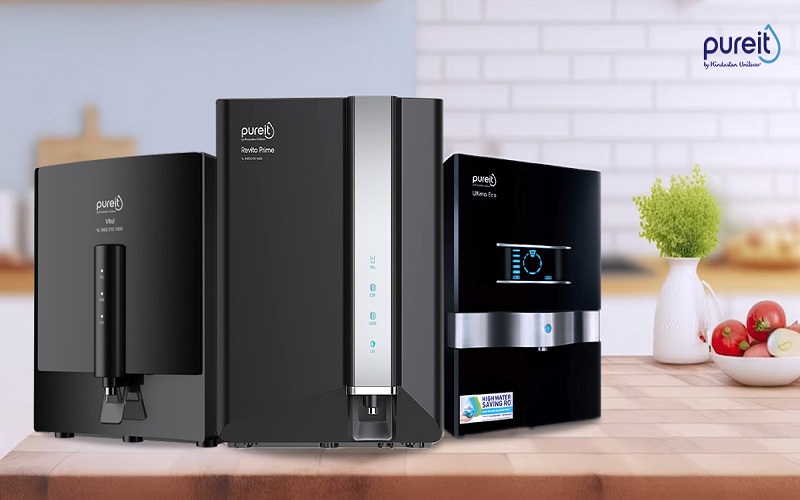Electric vs. Non-Electric Water Purifiers: What Sets Them Apart
#AD Many water purification options are available today, but choosing the right one can be confusing. There are both electric and non-electric water purifiers.
Let’s delve into ideal situations for using each purifier:
Electric Water Purifiers: Powerhouse Performance
Electric water purifiers utilize various technologies to remove contaminants and impurities from water. They offer a high level of purification and are ideal for areas with potentially unsafe tap water.
Features of electric water purifiers:
- Multi-Stage Filtration: Many electric purifiers employ multiple filtration stages, often including sediment filters, activated carbon filters, Reverse Osmosis (RO) membranes, and Ultraviolet (UV) disinfection. This multi-pronged approach removes many contaminants, including heavy metals, bacteria, viruses, and dissolved salts. Pureit Revito Prime incorporates a #Best-in-class Filtration technology to ensure contaminant removal and safe drinking water. The reverse osmosis membrane has undergone rigorous testing and certification by the Water Quality Association* to guarantee the efficient reduction of heavy metals such as cadmium and chromium from drinking water. If you are looking for the best water purifier near me,
- Water-saving: RO technology, a hallmark of many electric models, is highly effective in also saving water. Pureit Revito Prime offers maximum purified water up to 8000 litres*** and saves up to 70%** of water.
- Convenience: Electric purifiers often dispense clean water instantly or use storage tanks for easy access. Pureit Revito Prime also features a substantial storage capacity of 8 litres, ensuring a continuous supply of fresh and purified RO water for you and your family. The in-tank UV sterilization system effectively eliminates up to 99.99% of bacteria and viruses, enhancing the safety of the water.
Non-Electric Water Purifiers
Non-electric water purifiers work without electricity, making them a viable option for locations with limited power access or on-the-go situations. They are compact and lightweight, ideal for travel or camping.
However, non-electric water purifiers come with limitations:
- Simpler Filtration: They typically use single-stage filtration with activated carbon or ceramic filters. While effective in removing some impurities, they don’t offer the same level of purification as electric models, particularly in removing bacteria, viruses, or dissolved solids.
- Slower Filtration: Non-electric purifiers, especially gravity-based models, can take longer to filter water.
- Limited Capacity: Portability often comes with a smaller water storage capacity than electric models.
Choosing the Right Purifier: Consider Your Needs
Now that you understand the strengths and weaknesses of both options let’s explore which category might be a better fit for your situation:
- Water Quality: Have your tap water tested to determine the contaminants you must remove.
- Budget: Consider the initial purchase price and ongoing filter replacement costs.
- Desired Level of Filtration: Electric models offer superior purification for heavily contaminated water.
Conclusion
Ultimately, the best water purifier is the one that fits your specific needs and budget. By understanding the advantages electric purifiers, you can opt for Pureit water purifiers for your home. Check out Pureit India website for variety of purifier models within each category and consider consulting a water purification specialist for further.
Disclaimers:
# In comparison to leading RO devices, in comparison to life of RO membrane . This RO membrane is tested and Certified by WQA to NSF/ANSI 58 for material safety. This RO membrane was tested by WQA in a surrogate system for the reduction of Cadmium, Chromium III. WQA cannot confirm that the component will yield the same performance when used in any other, non-tested system. See WQA.org for details.
* This RO membrane is tested and Certified by WQA to NSF/ANSI 58 for material safety. This RO membrane was tested by WQA in a surrogate system for the reduction of Cadmium, Chromium III. WQA cannot confirm that the component will yield the same performance when used in any other, non-tested system. See WQA.org for details.
*** Under Pureit test conditions. Compared to ordinary RO’s.
** Under Pureit test conditions. In the segment versus comparable products.

